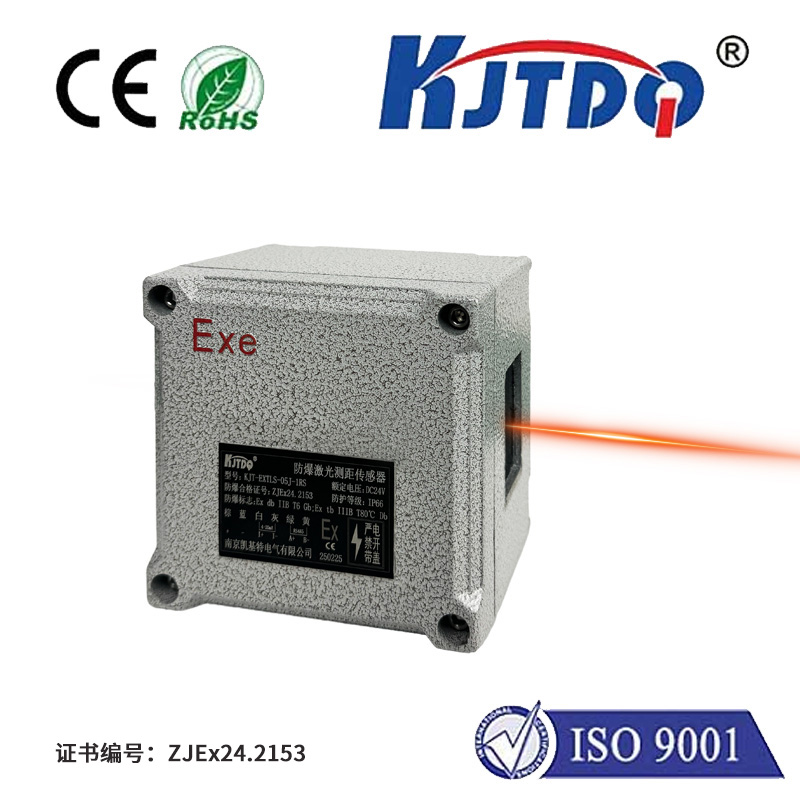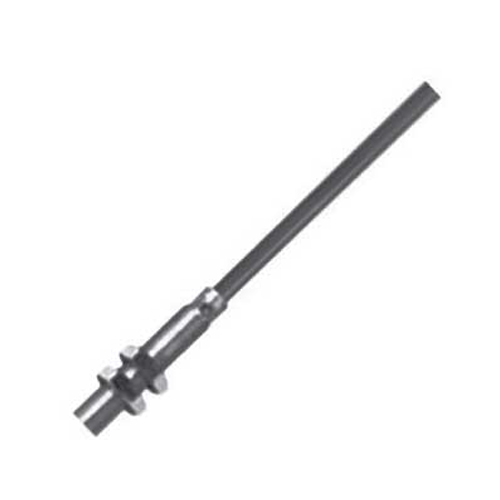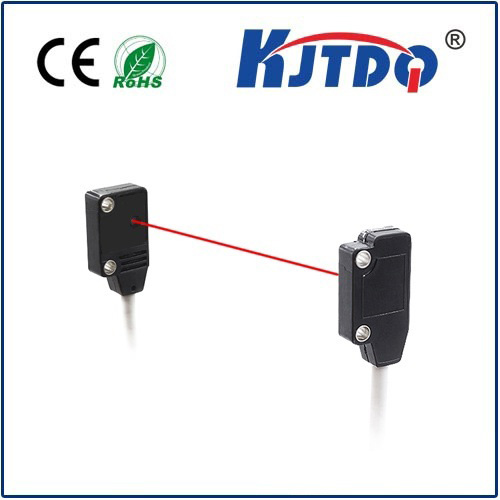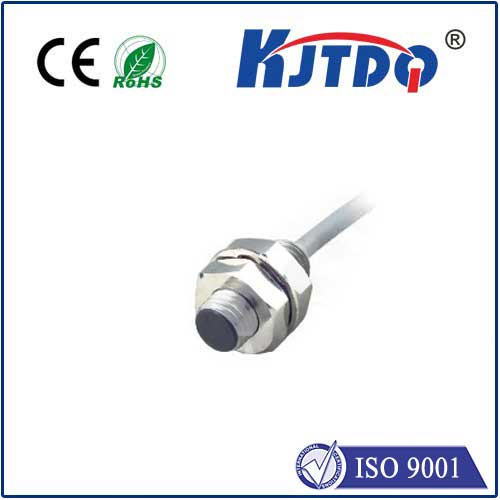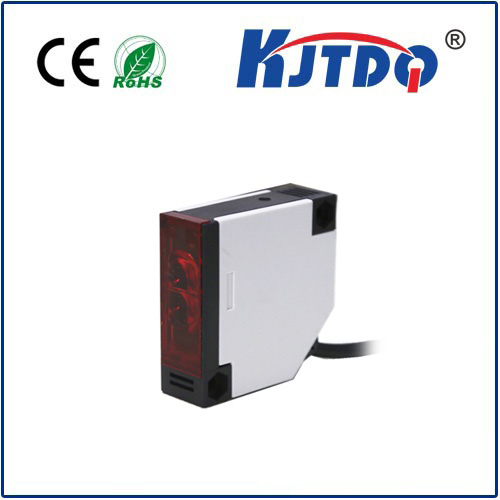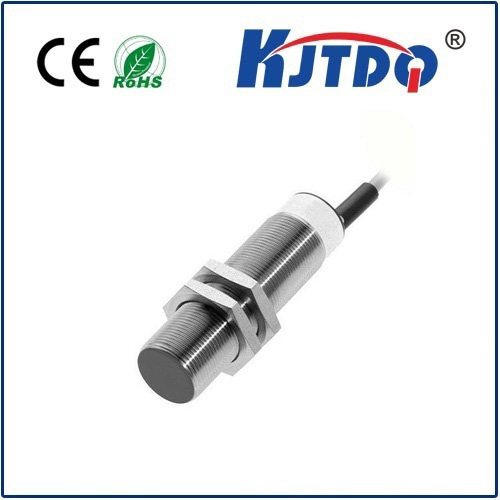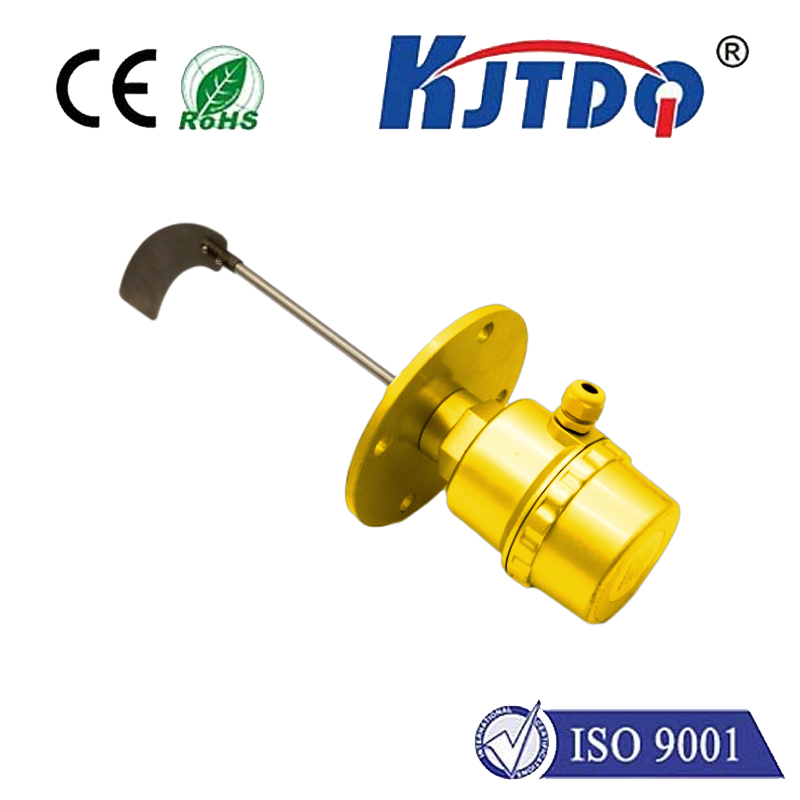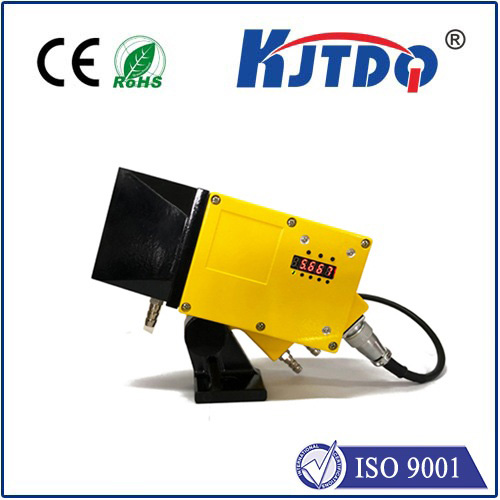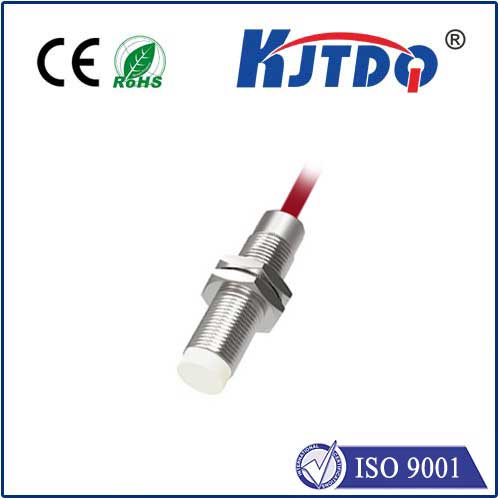photoelectric level sensor
- time:2025-07-26 01:01:24
- Click:0
Photoelectric Level Sensors: The Non-Contact Solution for Precise Liquid Level Monitoring
Imagine a critical chemical process tank. A failure in level detection could lead to spills, production halts, or even safety hazards. Traditional float switches wear out, and conductive probes can foul. What if there was a way to monitor levels without touching the liquid, offering exceptional reliability and precision? That’s precisely where photoelectric level sensors excel, providing a sophisticated, non-contact method for countless industrial and commercial applications.
Understanding the Core Technology: Light as the Messenger
At its heart, a photoelectric level sensor operates on a beautifully simple yet effective principle: it uses light to detect the presence or absence of a liquid (or sometimes solid) material at a specific point. The core components are:
- An Emitter (Light Source): Typically an infrared (IR) LED, chosen for its reliability, energy efficiency, and resistance to interference from ambient visible light. Some specialized sensors use visible red lasers.
- A Receiver (Photodetector): Positioned to detect the light emitted by the source.
- The Sensing Principle: The system is configured so that the light beam is either:
- Interrupted when the liquid level rises and blocks the path between emitter and receiver (through-beam).
- Reflected off the liquid surface back to a receiver located near the emitter (reflectance or diffuse).
When the state of the light beam changes (blocked or reflected), the sensor’s integrated electronics detect this change and trigger an output signal. This signal is typically a simple switch – an NPN/PNP transistor output or sometimes a relay contact – indicating that the liquid has reached (or fallen below) the specific sensing point. This binary (on/off) detection is the hallmark of point-level sensing, distinguishing it from continuous level measurement devices.

Key Advantages Driving Adoption
Why choose photoelectric sensors over other level detection methods? Their compelling benefits address common pain points:
- Non-Contact Sensing: The sensor never touches the process liquid. This is a massive advantage for applications involving:
- Corrosive chemicals that could damage mechanical sensors.
- Sticky, viscous, or adhesive liquids (like syrups, oils, or glue) that could coat or foul contacting probes.
- Sanitary processes (food, beverage, pharmaceutical) where hygiene is paramount and sensor cleaning/sanitization is critical.
- No Moving Parts: Unlike float switches, photoelectric sensors have no mechanical components to wear out, jam, or fail due to fatigue. This translates directly to higher reliability, longer operational lifespans, and reduced maintenance costs.
- Fast Response Time: Light travels fast! These sensors react almost instantaneously to level changes, making them ideal for high-speed filling operations, leak detection, or processes requiring rapid level control intervention.
- Versatility: Available in various housing materials (stainless steel, specialized plastics like PVDF, PTFE), they handle diverse pressures, temperatures, and chemical environments. Models are designed for challenging conditions like high temperatures, pressure vessels, or hygienic CIP/SIP processes.
- Target Agnosticism: They work effectively on a wide range of liquids – transparent, opaque, foaming, turbulent, or with suspended solids – provided the optical properties change sufficiently at the air/liquid interface. Some specialized models are even used for solids (e.g., powders in hoppers).
- Simplicity and Ease of Installation: Often featuring compact designs and straightforward M12 or M18 threaded or flanged mounting, installation is generally simple. Wiring is usually uncomplicated (power + output).
Where Photoelectric Level Sensors Shine: Diverse Applications
The unique blend of non-contact operation, reliability, and speed makes these sensors indispensable across numerous sectors:
- Chemical Processing & Petrochemical: Monitoring acids, caustics, solvents, fuels, lubricants in storage tanks, reactors, and pipelines without corrosion or coating issues.
- Pharmaceutical & Biotechnology: Ensuring precise level control in bioreactors, mixing vessels, filtration systems, and CIP skids under strict hygienic conditions. Preventing overflow or run-dry situations is critical for product integrity.
- Food & Beverage: Detecting levels in tanks for juices, milk, syrups, oils, cleaning solutions. Used in fillers, blenders, and storage vessels where sanitation and resistance to washdown are essential.
- Water & Wastewater: Pump control (dry-run protection), tank level alarms (overfill/underfill), filter backwash control in clear water applications.
- HVAC & Refrigeration: Monitoring condensate levels in drain pans to prevent overflow and water damage.
- Machine Tool & Coolant Management: Controlling coolant levels in sumps to ensure machinery operates correctly and preventing pump damage.
- Laboratory Equipment: Providing reliable level detection in analytical instruments, autosamplers, and dispensers.
Choosing and Implementing Effectively: Critical Considerations
Selecting the right photoelectric level sensor ensures optimal performance and longevity. Key factors include:
- Liquid Properties: Transparency, color, viscosity, foam potential, and presence of bubbles or suspended solids significantly impact the choice between through-beam and reflectance modes. Consult manufacturer specifications. Opaque liquids are generally easier to detect than clear ones with reflectance sensors.
- Process Conditions: Temperature, pressure, potential for condensation, and chemical compatibility dictate housing material (e.g., 316L stainless steel for corrosion resistance, PTFE/PFA linings for harsh chemicals) and sensor construction (pressure-rated, high-temp versions).
- Tank/Container Construction: Material (metal, plastic), wall thickness, presence of baffles or agitators affect mounting options and potential signal interference. For through-beam sensors, mounting points for separate emitter and receiver are needed.
- Mounting Location & Environment: Consider accessibility, ambient light conditions, dust, steam, and potential for lens coating. Models with built-in sensitivity adjustment are invaluable for fine-tuning in challenging environments. Ensure the sensing point is precisely where you need detection.
- Output Type: Match the NPN/PNP/Relay output to the requirements of your control system (PLC, relay, alarm).
- Hygienic Requirements: For food, pharma, or biotech, specify sensors with appropriate certifications (e.g., EHEDG, 3A) and smooth, crevice-free designs suitable for clean-in-place (CIP) and sterilize-in-place (SIP) processes. Tri-clamp fittings are common.
- Specialized Features: Consider models with delay timers to ignore temporary foam or splashes, sensitivity adjustment potentiometers, audible/visual alarms, or intrinsically safe (ATEX, IECEx) certifications for hazardous areas. Laser-based sensors offer advantages for longer ranges or detecting tiny liquid interfaces.
While primarily point-level devices, reflex sensors using time-of-flight principles can offer basic “distance-to-level” information in smaller tanks, bridging the gap towards continuous measurement.
Installation Best Practices
Proper installation is crucial. Ensure the sensing window (lens) is clean upon installation and accessible for periodic maintenance. Avoid mounting locations subject to heavy splashing or buildup. For reflectance sensors, ensure the beam path is clear of obstructions and consider the reflectivity of the tank wall behind the liquid. Follow manufacturer guidelines for electrical connections and grounding to prevent interference. *Regular lens cleaning might be necessary in environments prone












